Research Research Highlights
Research Highlights
Research Highlights
Research Highlights
Research Highlights 미리보기
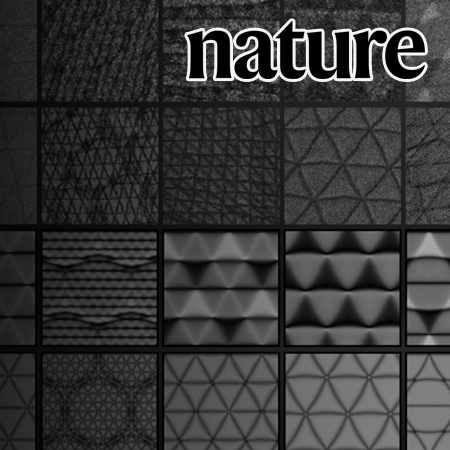
Professor Hyobin Yoo’s Research Team at SNU Develops 2D Quantum Material Platform Using Moiré Lattice Superposition
Prof. Hyobin Yoo
Seoul National University College of Engineering has announced that a joint research team led by Professor Hyobin Yoo from the Department of Materials Science and Engineering, in collaboration with Professor Young-Woo Son (Korea Institute for Advanced Study) and Professor Changwon Park (Ewha Womans University), has successfully developed a two-dimensional (2D) quantum material platform through the superposition of moiré lattices.
Research Highlights Board
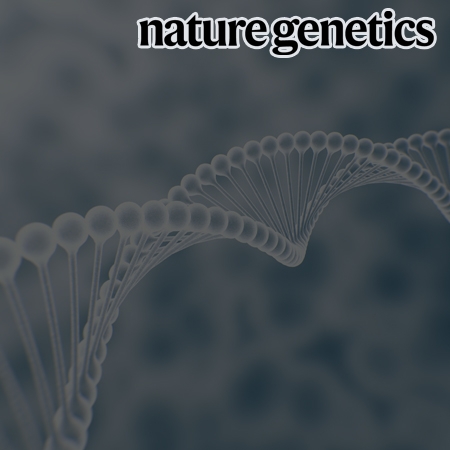
SAIGE-GENE+ improves the efficiency and accuracy of set-based rare variant association tests
Prof. Seunggeun Lee
Several biobanks, including UK Biobank (UKBB), are generating large-scale sequencing data. An existing method, SAIGE-GENE, performs well when testing variants with minor allele frequency (MAF) ≤ 1%, but inflation is observed in variance component set-based tests when restricting to variants with MAF ≤ 0.1% or 0.01%.
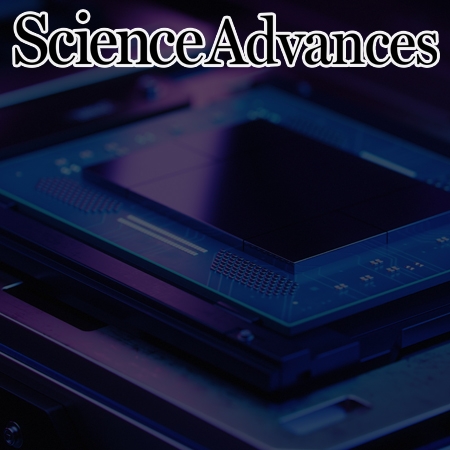
Reduced dopant-induced scattering in remote charge–transfer-doped MoS2 field-effect transistors
Prof. Takhee Lee
Efficient doping for modulating electrical properties of two-dimensional (2D) transition metal dichalcogenide (TMDC) semiconductors is essential for meeting the versatile requirements for future electronic and optoelectronic devices.
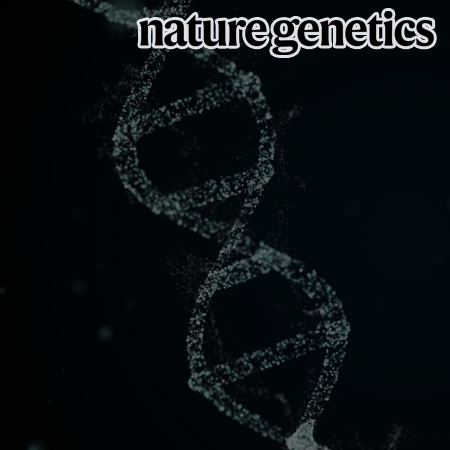
Genome-wide association analyses of physical activity and sedentary behavior provide insights into underlying mechanisms and roles in disease prevention
Prof. Taesung Park
Although physical activity and sedentary behavior are moderately heritable, little is known about the mechanisms that influence these traits.

A sustained high-temperature fusion plasma regime facilitated by fast ions
Prof. Yong-Su Na
Nuclear fusion is one of the most attractive alternatives to carbon-dependent energy sources1. Harnessing energy from nuclear fusion in a large reactor scale, however, still presents many scientific challenges despite the many years of research and steady advances in magnetic confinement approaches.
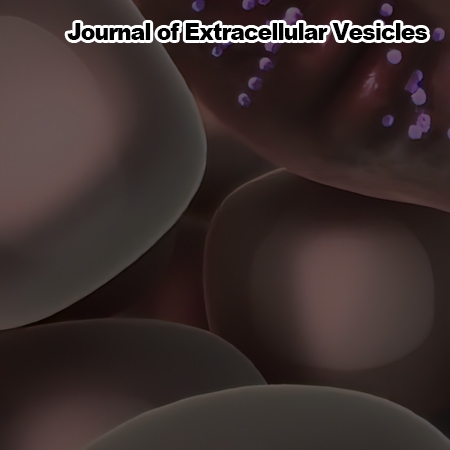
Liver-originated small extracellular vesicles with TM4SF5 target brown adipose tissue for homeostatic glucose clearance
Prof. Jung Weon Lee
Transmembrane 4 L six family member 5 (TM4SF5) is involved in chronic liver disease, although its role in glucose homeostasis remains unknown. TM4SF5 deficiency caused age-dependent glucose (in)tolerance with no link to insulin sensitivity.
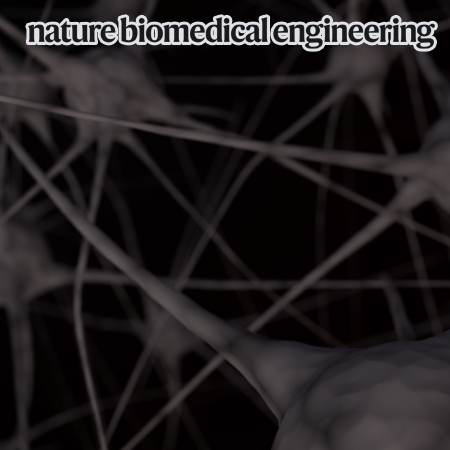
A low-power stretchable neuromorphic nerve with proprioceptive feedback
Prof. Tae-Woo Lee
By relaying neural signals from the motor cortex to muscles, devices for neurorehabilitation can enhance the movement of limbs in which nerves have been damaged as a consequence of injuries affecting the spinal cord or the lower motor neurons.

Toward gasoline vehicles with zero harmful emissions by storing NO at Pd nanoparticle-CeO2 interface during the cold-start period
Prof. Do Heui Kim
Eliminating NO emissions during the cold-start period of a gasoline vehicle. NO abatement by the joint implementation of catalyst and engine functions.
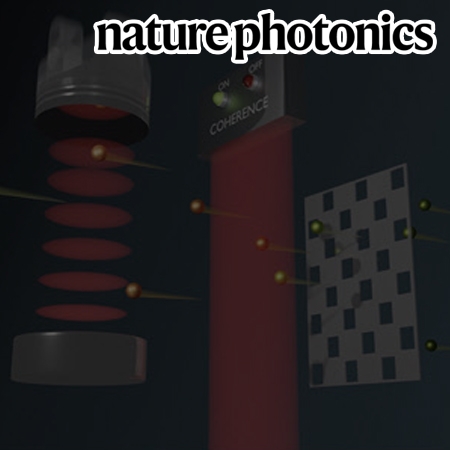
A photonic quantum engine driven by superradiance
Prof. Kyungwon An
Performance of nano- and microscale heat engines can be improved with the help of quantum-mechanical phenomena. Recently, heat reservoirs with quantum coherence have been proposed to enhance engine performance beyond the Carnot limit even with a single reservoir.
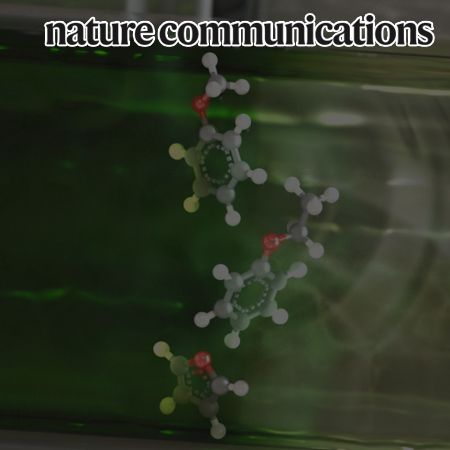
Non-fluorinated non-solvating cosolvent enabling superior performance of lithium metal negative electrode battery
Prof. Jongwoo Lim
The growth of dendrites on lithium metal electrodes is problematic because it causes irreversible capacity loss and safety hazards. Localised high-concentration electrolytes (LHCEs) can form a mechanically stable solid-electrolyte interphase and prevent uneven growth of lithium metal.
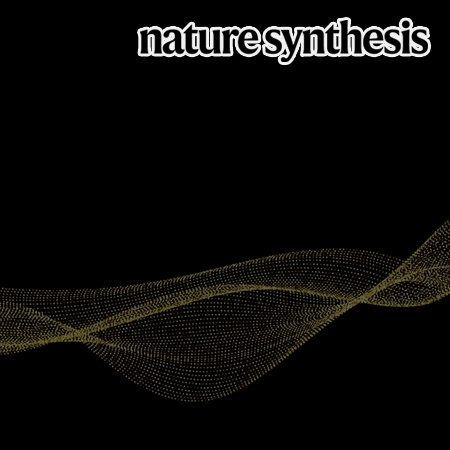
Mechanically Interlocked Gold Nanocatenanes
Prof. Jwa-Min Nam
The design of nanostructures is often inspired by the geometries of molecular systems. Inspired by mechanically interlocked catenanes, here we report the synthesis of interlocked plasmonic nanochains, starting from triangular gold nanoplates.
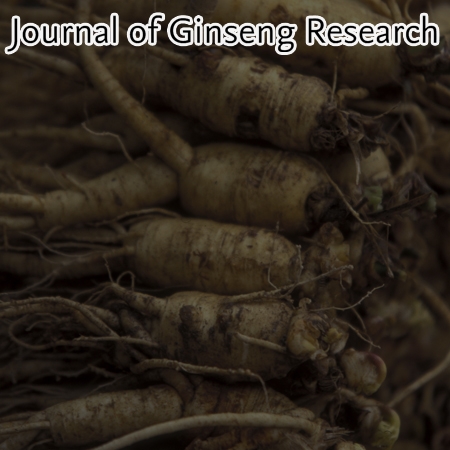
Comparative transcriptome and metabolome analyses of four Panax species explore the dynamics of metabolite biosynthesis
Prof. Tae-Jin Yang
The genus Panax in the Araliaceae family has been used as traditional medicinal plants worldwide and is known to biosynthesize ginsenosides and phytosterols. However, genetic variation between Panax species has influenced their biosynthetic pathways is not fully understood.
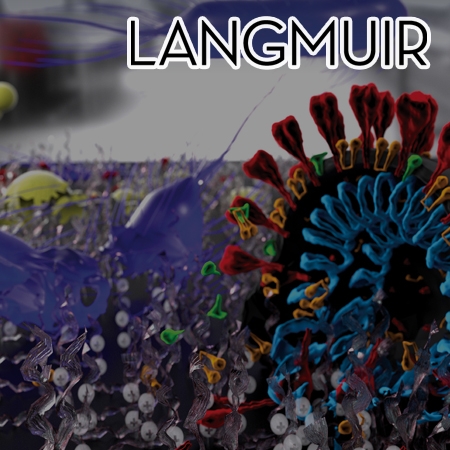
Gemini-Mediated Self-Disinfecting Surfaces to Address the Contact Transmission of Infectious Diseases
Prof. Jinsoo Ahn
According to both the Center for Disease Control and the World Health Organization, contact transmission is the primary transmission route of infectious diseases worldwide. Usually, this is mitigated by a schedule of repeated regular sanitization, yet surfaces are easily re-contaminated in the interim between cleanings.

